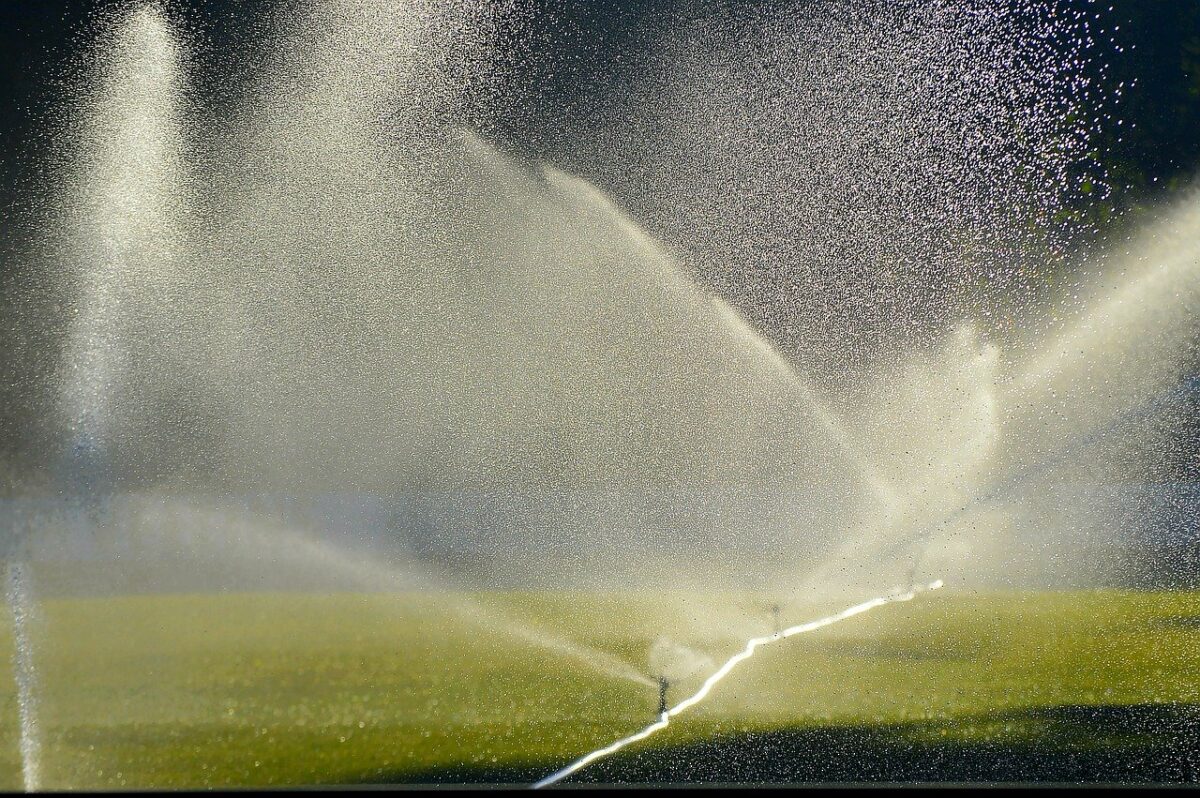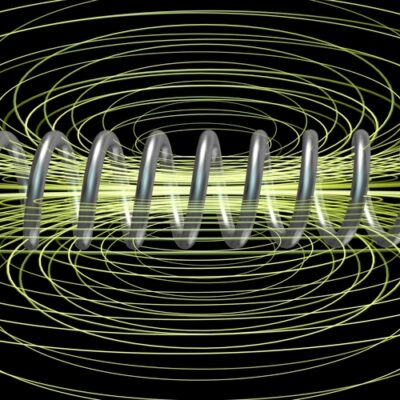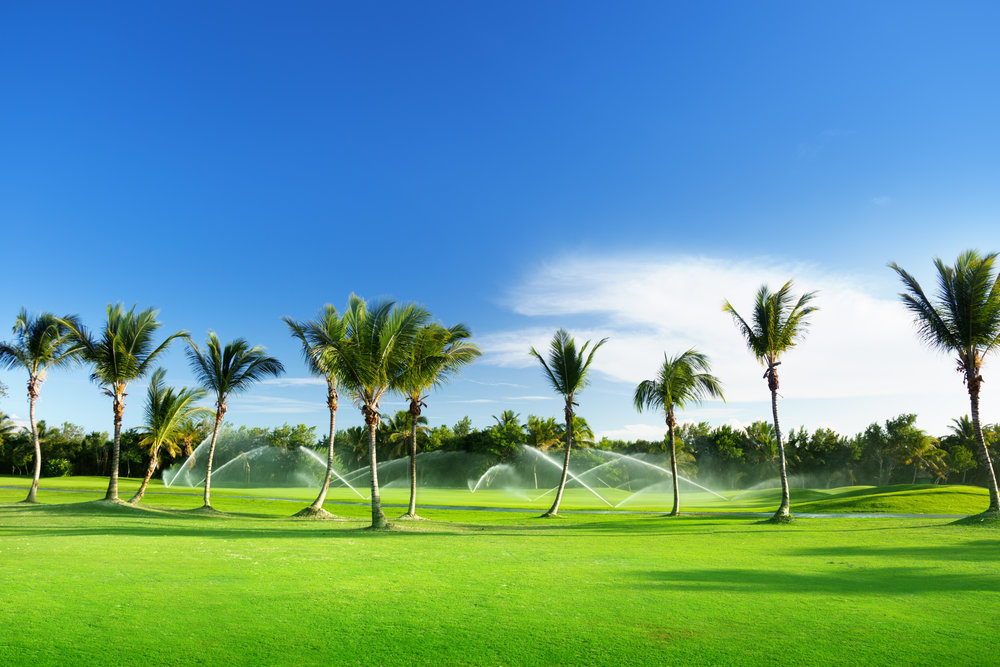Being able to grow food to feed your family and others is the backbone of any community. This is why many cultures put such a great emphasis on farming and celebrating the harvest.
As can be seen in many countries such as Africa, a lack of rain and other forms of irrigation can cause extreme hardship and lead to death and disease.
This is why finding effective and efficient ways to irrigate the land is so important. There are many methods that can be used, but here we will talk about the four main types of irrigation.
Irrigation or Rainfall?
Rainfall is by far the best way to irrigate the land because it doesn’t need any specialized equipment or the land to be worked in a specific way. However, rain is by no means guaranteed, especially in hot countries, so other alternatives have had to be created to mimic the effect of rainfall.
Irrigation is simply the process of taking water from a nearby source and using it to irrigate the land where crops have been planted. There are many sources of water that can be used from wells, surface water, rivers, lakes and mountain streams. Often the main issue is finding a reliable source of water that will have the capacity to irrigate the land.
1 Surface Irrigation
Surface irrigation is arguably the easiest and the most commonly used type of irrigation. It uses gravity to draw water from a higher area of land to the fields. The slopes need to be steep enough to allow the water to flow, but not too steep as to flood the field. The main advantage of this type of irrigation is that it requires no advanced technology to work.
There are various ways surface irrigation works, these include:
- Basin Irrigation - This relies on flat fields that are enclosed with bunds. This helps to stop the water from running into other fields nearby.
- Furrow Irrigation - With furrow irrigation, narrow channels are dug that allow the water to flow throughout the field using gravity.
- Border Irrigation - This type of surface irrigation is more advanced, using siphons and gates to get the water to specially created strips that have borders around them. This type is often used on largest farms.
Surface irrigation has certain positives and negatives that need to be considered. While it is an effective option because it uses no advanced technology, it can be difficult to regulate the flow of the water, meaning fields could be covered with excess water for periods of time.
2 Sprinkler Irrigation

Sprinkler irrigation uses a series of pipes to move water from the source to specially designed spray heads. The water must be pumped through the pipes to gain the right pressure, which needs to be controlled so the fields are not over watered.
There are various types of nozzles that can be used, and it is important to choose the right one for the crops that are being grown. For example, some crops are damaged by large droplets so a finer spray nozzle would need to be used. It is also important that the water is free from large particles that may clog the nozzle, so some type of filter would be needed.
One of the advantages of using a sprinkler system is that it can be used on any type of soil and any degree of slope. They are also easy to use and are good at conserving water if there is a limited source. However, it can be an expensive option and it can consume a lot of energy.
3 Subsurface Irrigation
Subsurface irrigation uses a series of pipes to water the crops under the surface of the soil. This allows more effective hydration of the plant roots which is especially important with high-value crops that are expensive to grow.
Once this type of irrigation is installed, it takes only a small amount of maintenance, so there is a cost-saving on employees. It is also highly efficient because water doesn’t evaporate like other forms of irrigation. However, there are negatives that can make subsurface irrigation a less viable option.
The cost of installing this type of irrigation is high, and the small pipes in the soil can be damaged by farm machinery and get clogged by the plant roots.
4 Drip Irrigation
Drip irrigation works in a similar way to the subsurface system, but the pipes are located on the surface of the soil. The pipes are only designed to water the plants immediately near them, so they are best suited to rows of crops.
This type of irrigation is ideal for any soil type and any degree of slope, so it can be used regardless of the crops that are grown. The water pipes can be adjusted to suit the soil type so that only the right amount of water is used. This makes it a highly efficient system, but it does have its disadvantages.
The cost of fitting this type of irrigation system is extremely high, which will place it outside of the budgets for many small farms. It also needs a skilled person to manage the water being used, which will cost more long-term. Filters and regular cleaning of the pipes is also needed to prevent blockages.
Conclusion
There are other irrigation alternatives such as manual irrigation using laborers with watering cans; however, this will bring its own problems and rely on a hard-working and reliable team to keep the crops watered.
The type of irrigation system used depends on many factors, but for many, it will come down to the cost of installation and ongoing maintenance costs.


